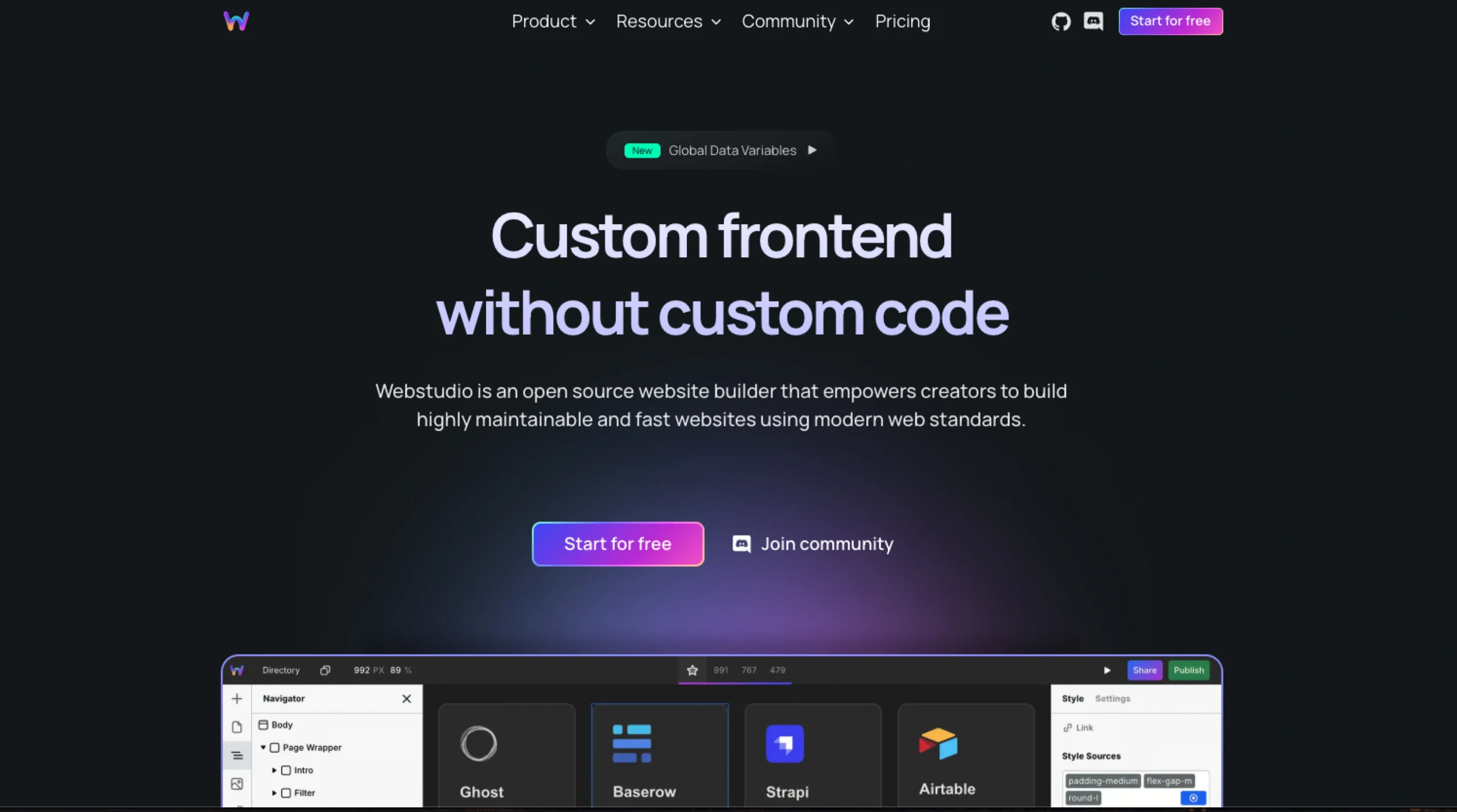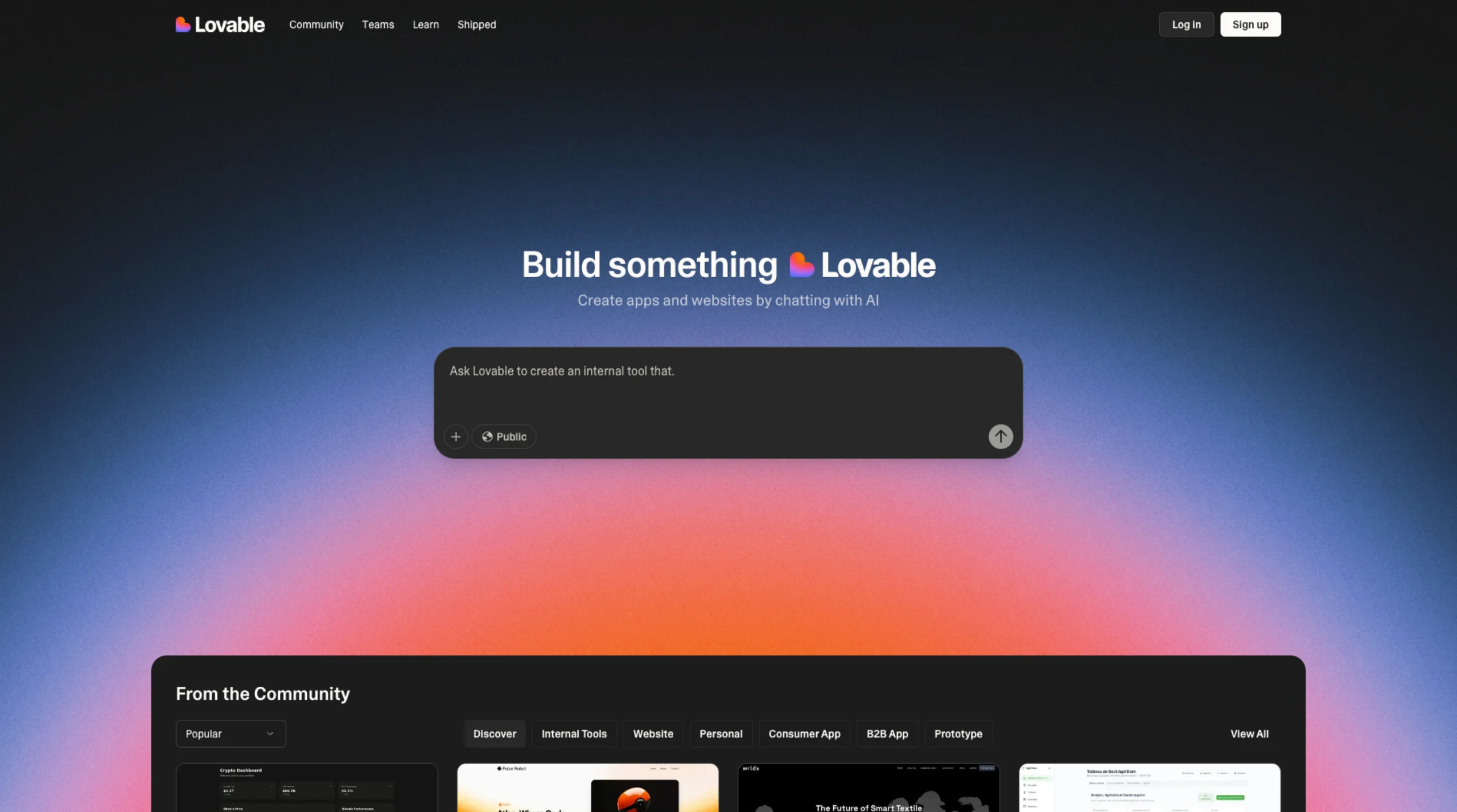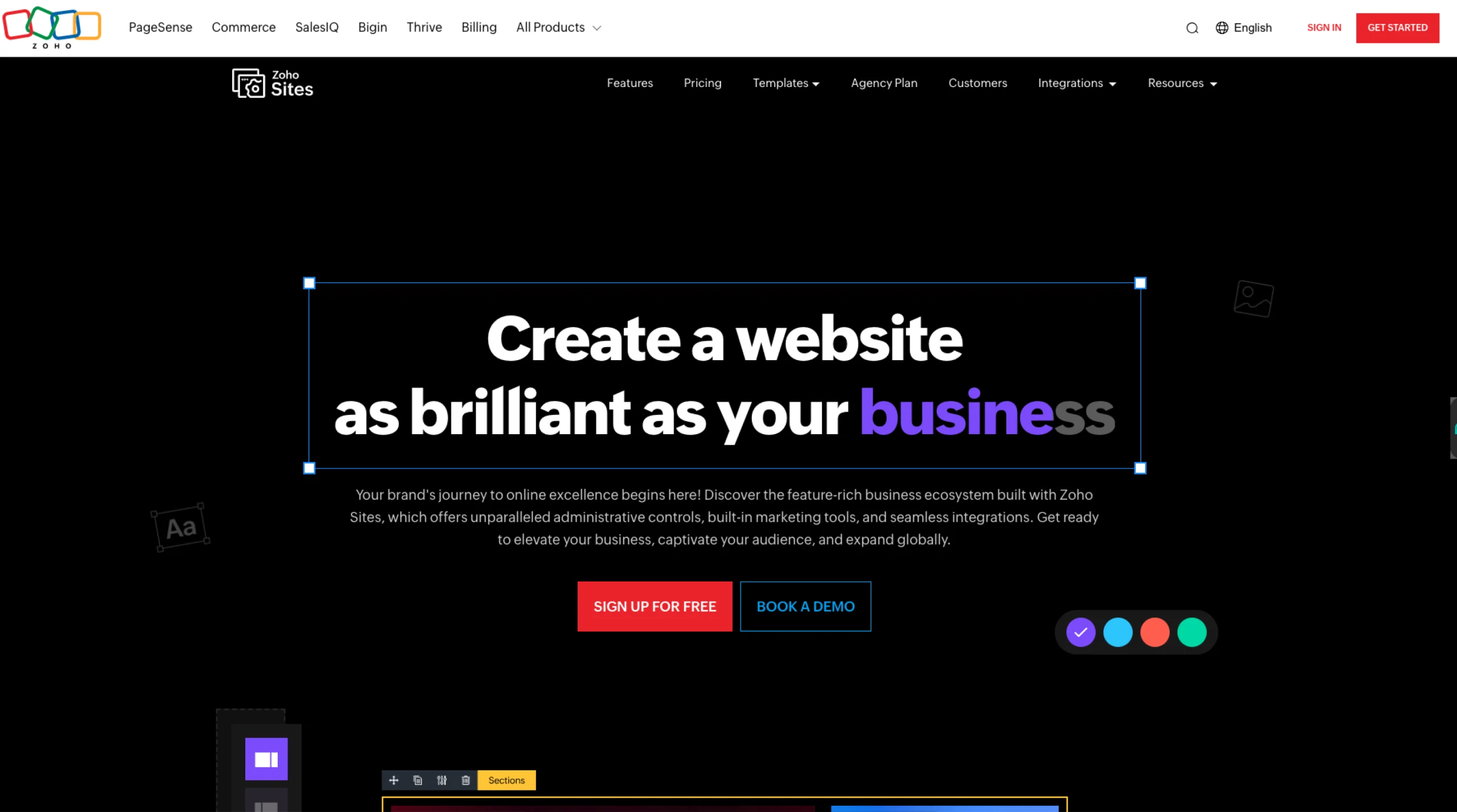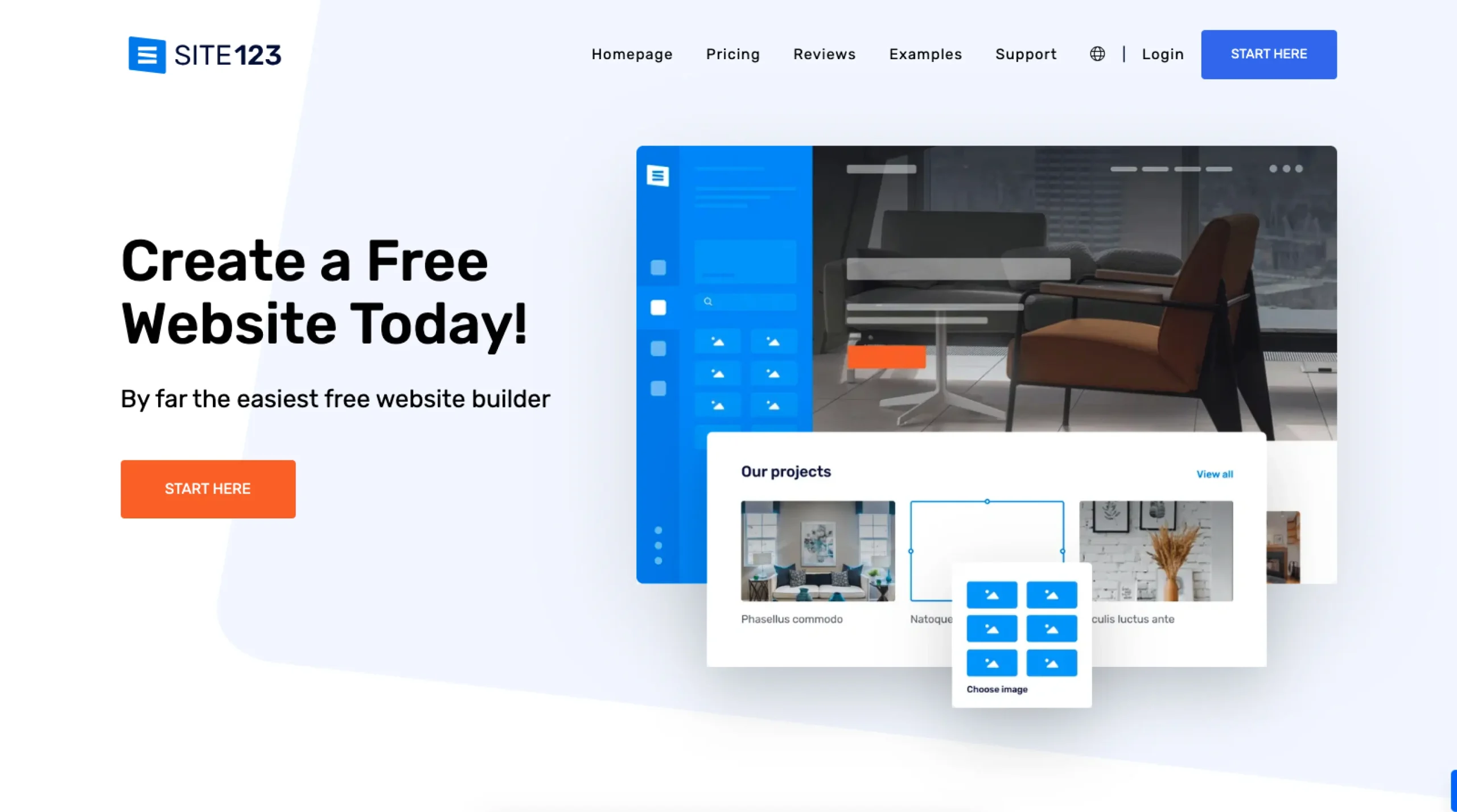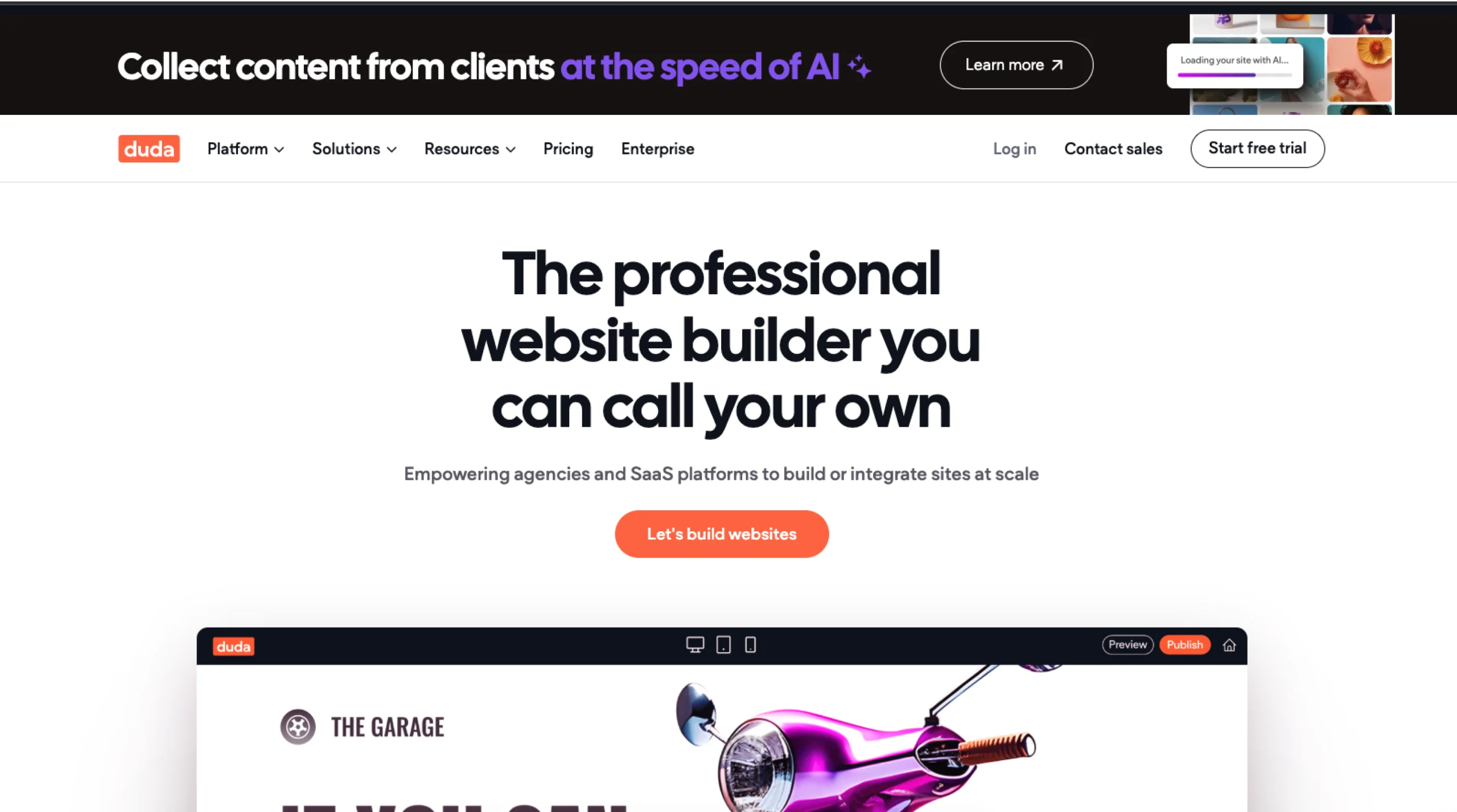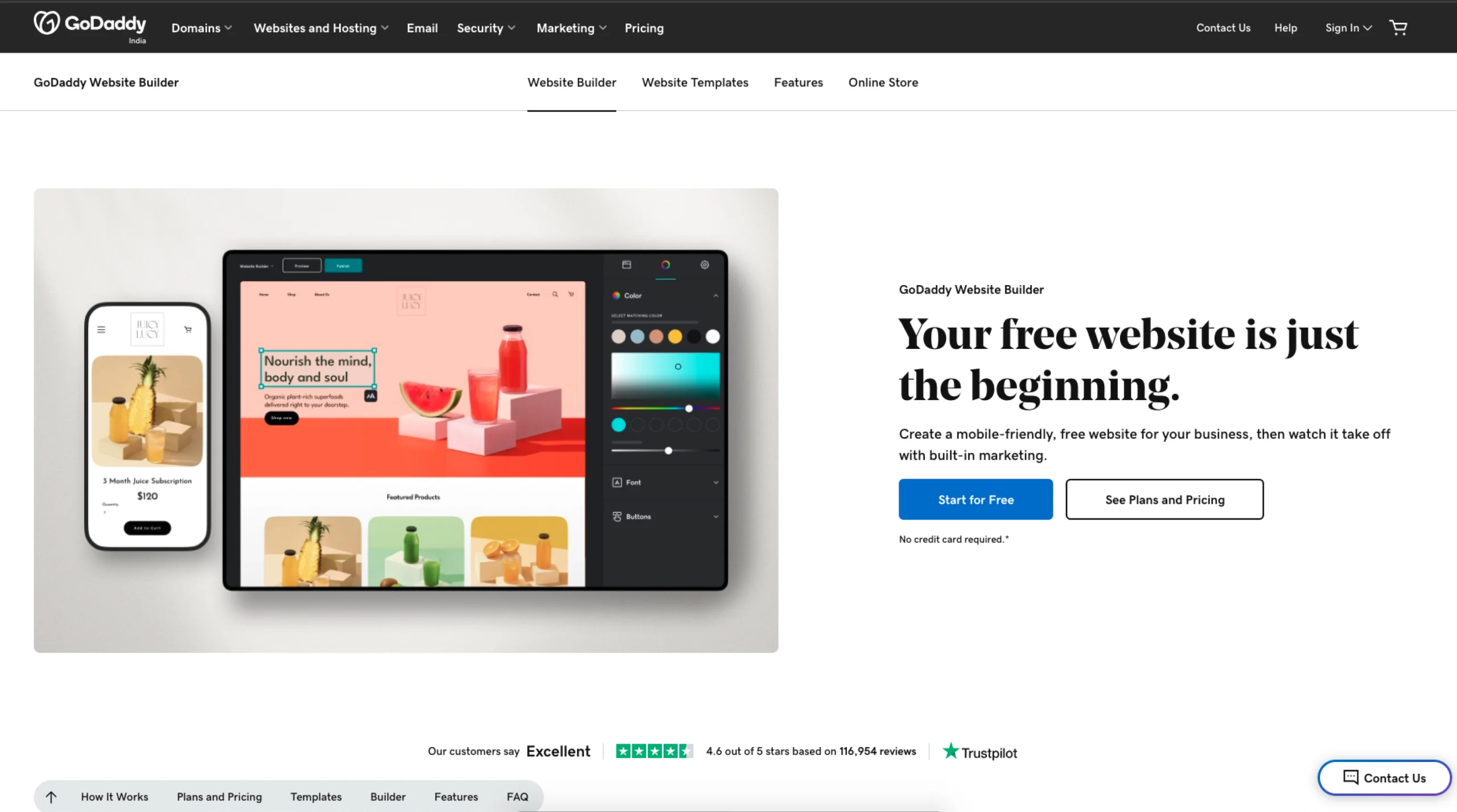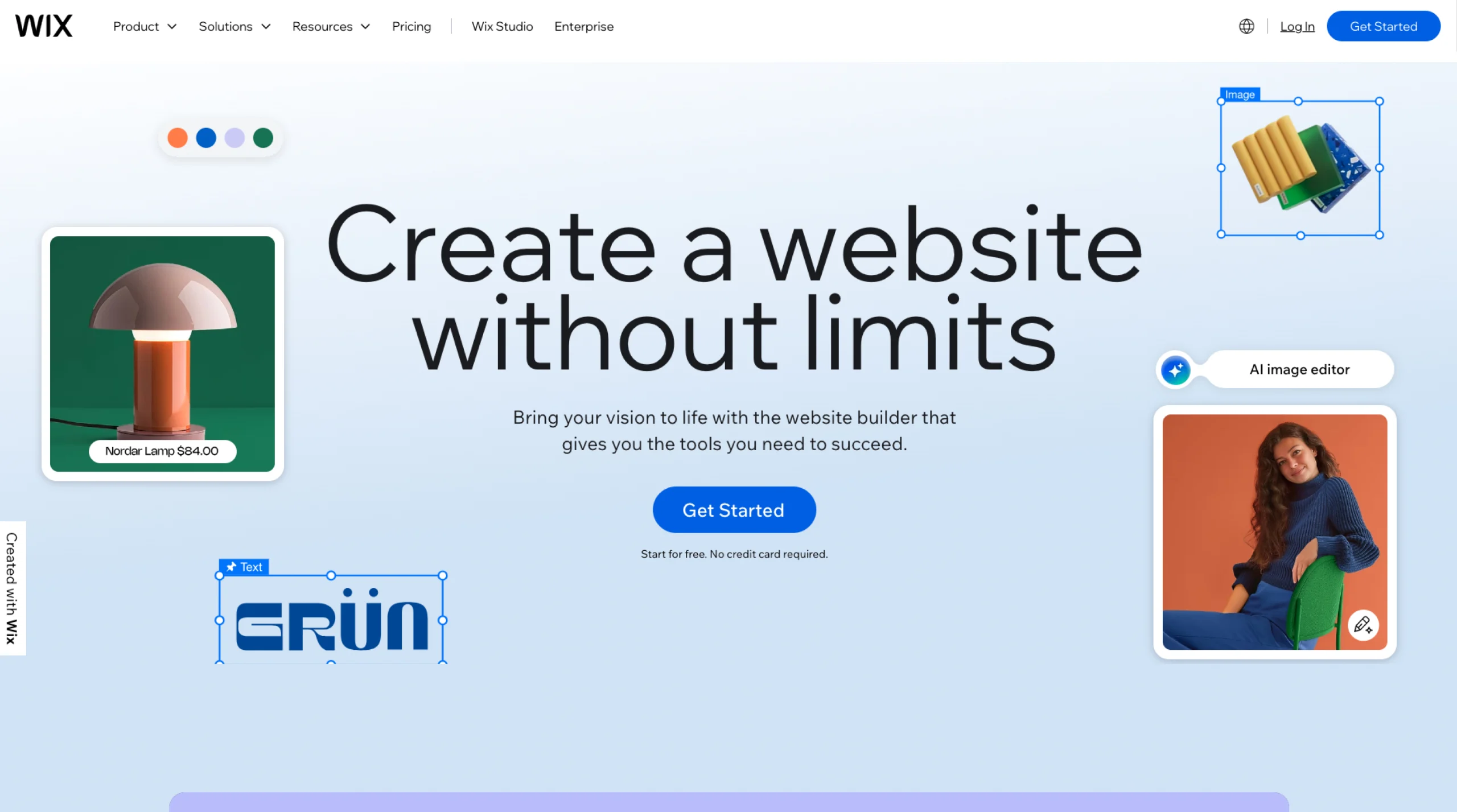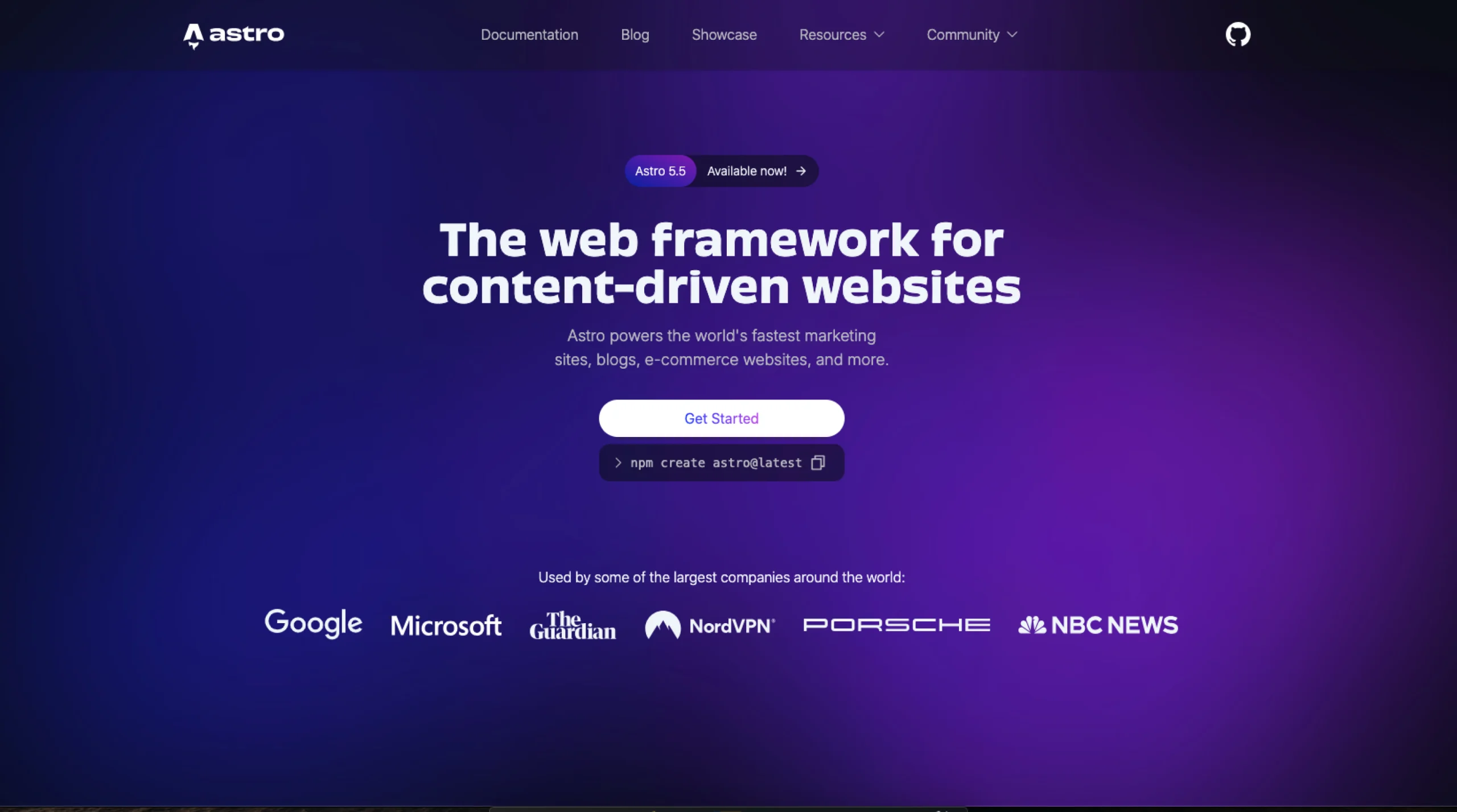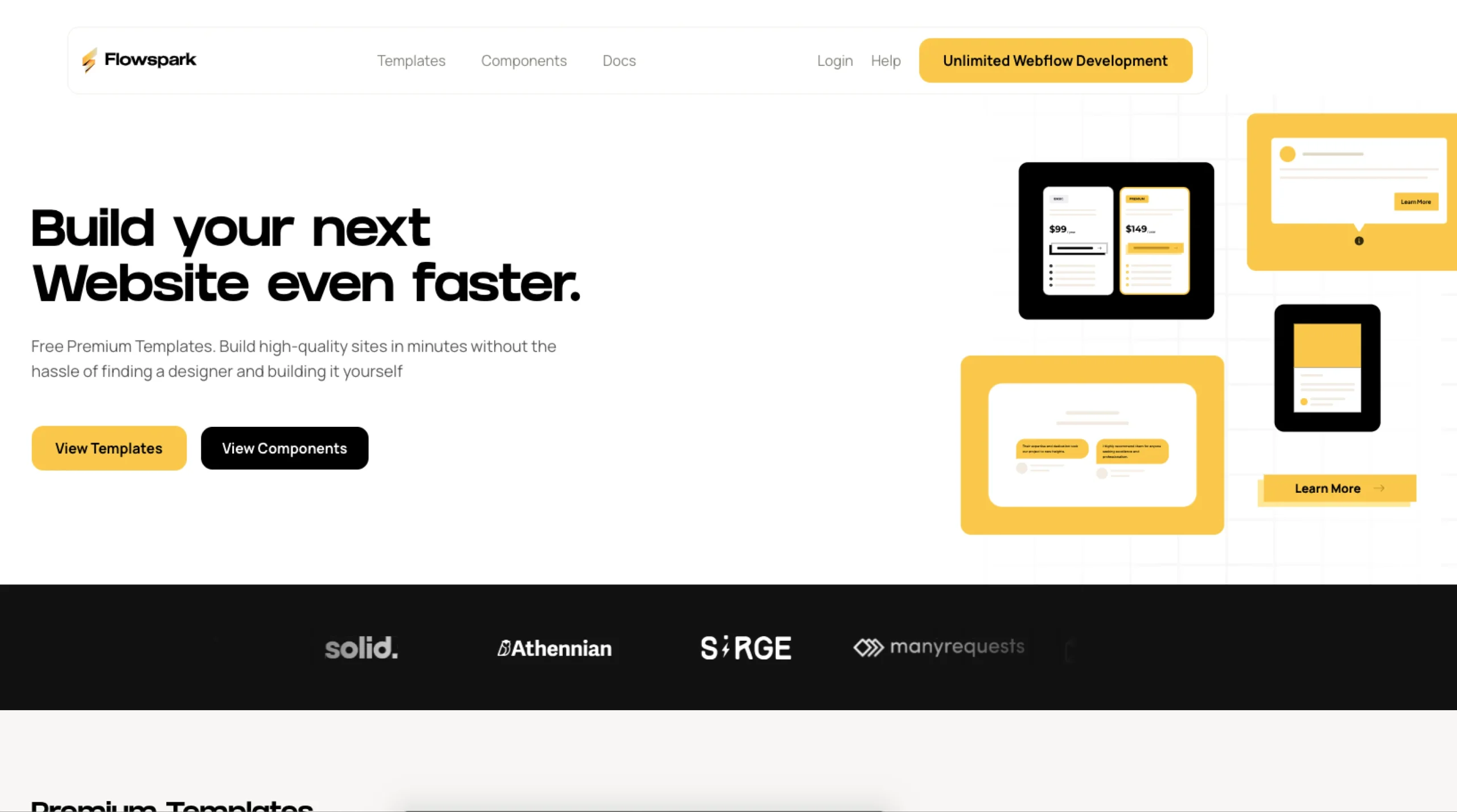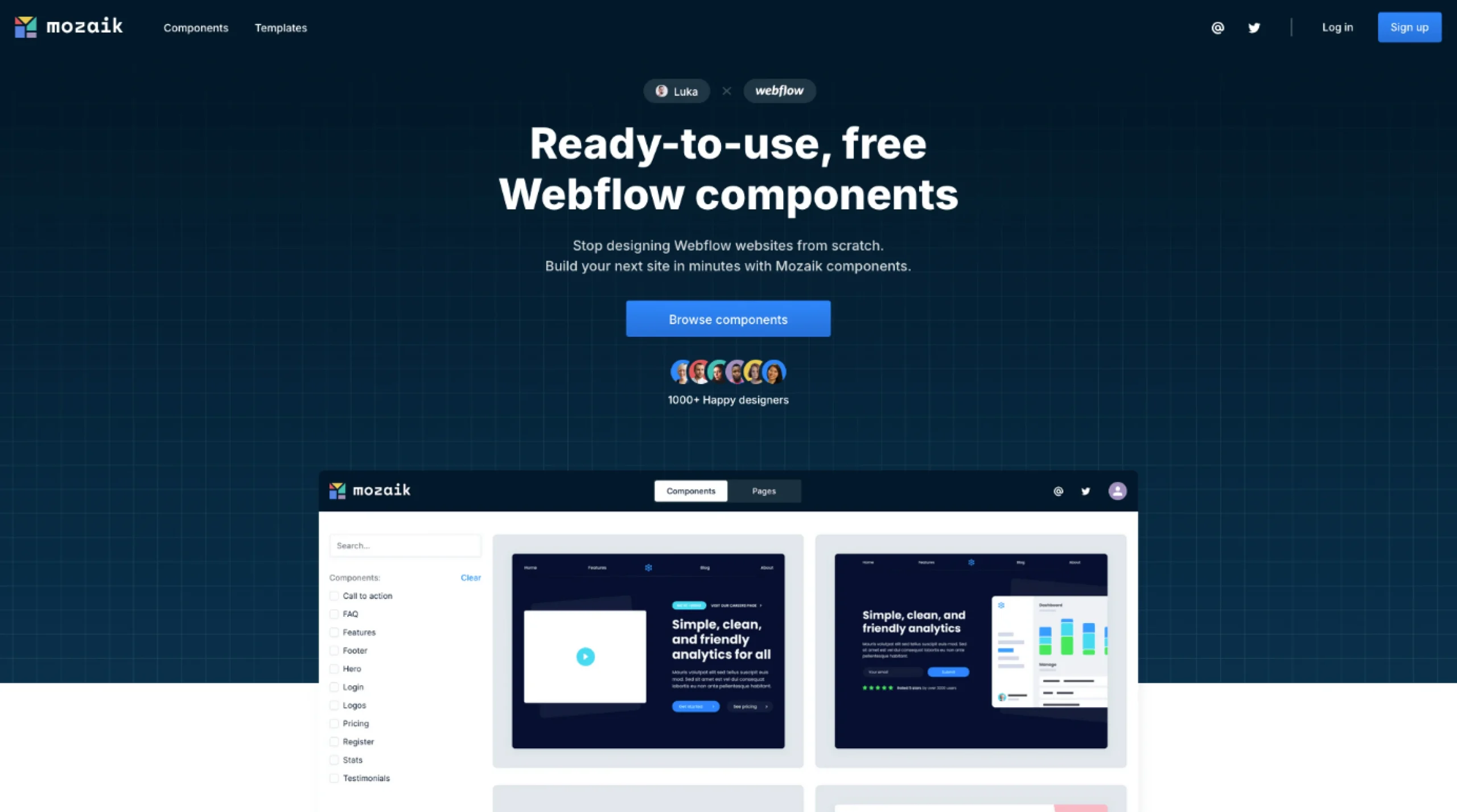Webstudio is an open-source website builder designed for creators who want to build fast, maintainable websites using modern web standards.
 Review: Are AI Website Builders Actually Worth It? I Tried Them All So You Don’t Have To
Review: Are AI Website Builders Actually Worth It? I Tried Them All So You Don’t Have To
I’ve spent the last few months poking at every shiny new “AI website builder” I could find — and honestly? I’m tired. But maybe my headache can save you one.
So here’s my take, one tool at a time.
 Webflow — Once Great, Now… Complicated
Webflow — Once Great, Now… Complicated
I used to love Webflow. I really did. It felt like freedom for people who hate wrestling with WordPress. But lately? It’s morphing into this big, expensive beast best suited for companies ready to drop $20k a year.
Freelancer? Solo tinkerer? Good luck. Bugs creep in, pricing creeps up, and unless you’re happy patching holes with AWS buckets, proxies, or late-night hacks… you’ll probably end up wondering why you didn’t just hire a dev.
 Framer — All Hype, Not Much Backbone
Framer — All Hype, Not Much Backbone
Framer looks gorgeous. Everyone says so. And for flashy landing pages, sure, it delivers. It’s quick, pretty, and makes your portfolio look like you’re five steps ahead.
But scratch the surface — try building anything complex — and you’ll run into walls. Scalable projects? Solid design systems? Not happening. Also, it’s drifting into the same “premium pricing” club Webflow joined. So, yeah. Nice toy. Not much more.
 V0, Lovable, Bolt — Copy-Paste Clones
V0, Lovable, Bolt — Copy-Paste Clones
Then there’s the new generation: the “pure AI” builders that promise you can type a prompt and wake up with a perfect site. V0, Lovable, Bolt… they blur together after a while.
Same generic output, same flat structure, same soulless pages that look like they were born in a PowerPoint template factory. They don’t know how real websites breathe — how they flex and break and need human judgment.
Why? Well, I think it’s because the folks building these tools don’t actually build. Not the gritty stuff, anyway. They haven’t stayed up fixing rogue CSS at 3 AM. The AI doesn’t know what it means to leave clean handoff files or tweak mobile breakpoints that actually work. So you get filler. It’s fast, but hollow.
 And When They Work… They Break
And When They Work… They Break
Even when these AI builders do spit out something half-okay, you’re on the hook for babysitting. Change a background color? Wait. Something else breaks. Now you’re debugging AI’s mess instead of building anything new. It’s like asking a toddler to cook dinner — you still spend the evening cleaning the kitchen.
 Webstudio — A Rare Bright Spot
Webstudio — A Rare Bright Spot
If there’s one tool in this zoo that makes me pause, it’s Webstudio. Open source. Solid structure. Feels like someone thought about real developers for once. But — and this is big — it’s still pretty technical. Plugging in a CMS means rolling up your sleeves. Not plug-and-play for the average solo founder.
 Relume + Webstudio — The Team-Up That Hasn’t Happened
Relume + Webstudio — The Team-Up That Hasn’t Happened
Relume’s not bad either — more about components and hierarchy. Combine that with Webstudio’s foundation and, maybe, you’d have something closer to the dream. But right now? They’re dancing around each other while everyone else sets their money on fire building broken AI shortcuts.
 The Real Issue Nobody Talks About
The Real Issue Nobody Talks About
I think this is what bugs me most: all these companies keep throwing money at “AI builders” but miss the obvious — building a good website isn’t about spitting out blocks of code. It’s about knowing what you actually want, what your visitors actually need. AI can’t fix your vague plan.
Sure, AI can help with little things — draft some text, whip up a starter hero section — fine. But if you don’t know your audience, your story, or how to keep the thing updated? You’ll just waste time cleaning up generated junk.
 Verdict
Verdict
So, should you trust an AI builder today? I wouldn’t. Not for anything serious. Not yet. Maybe next year will surprise me — I’d love that, honestly. For now, spend that energy figuring out what you want before you hand the keys to a robot.
You’ll thank yourself later. I know I would.




































